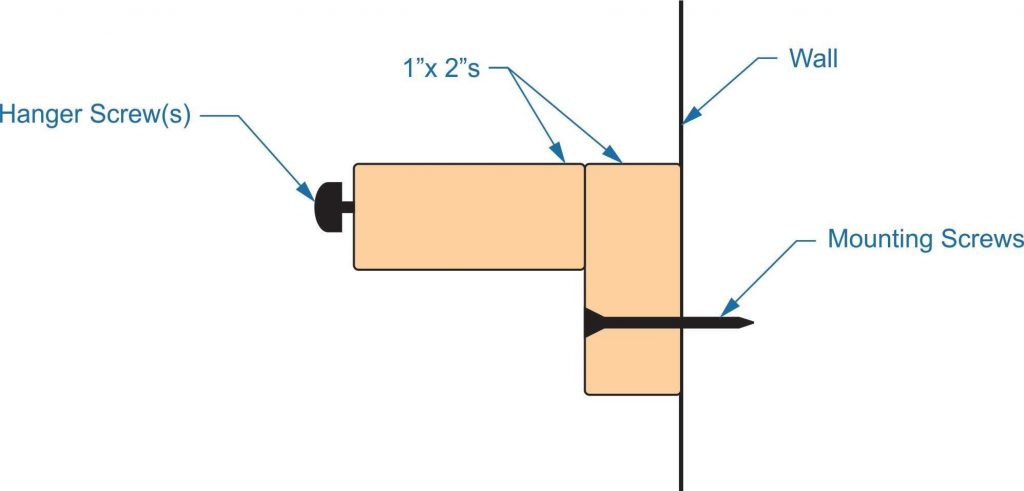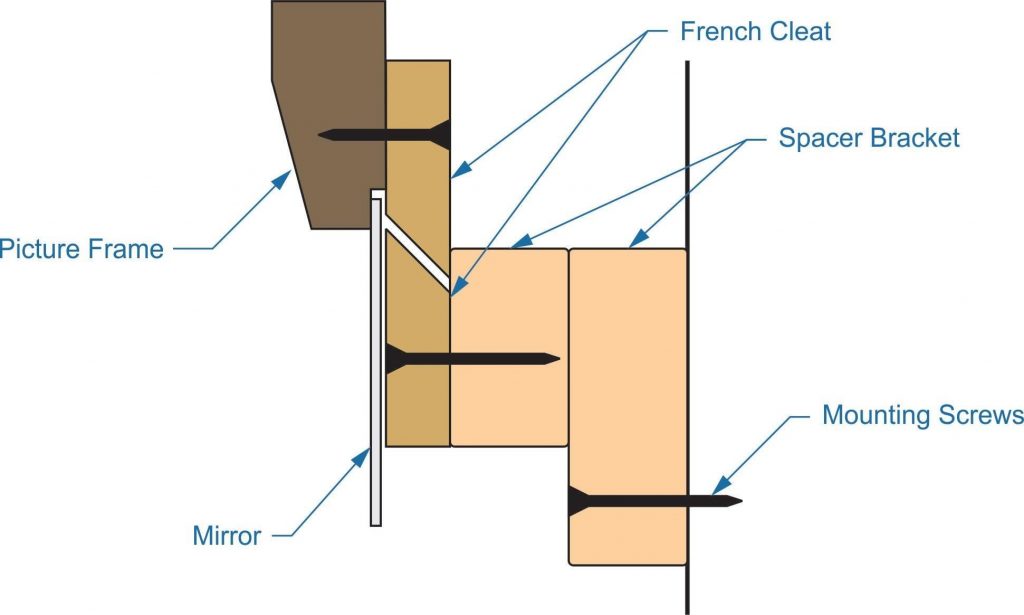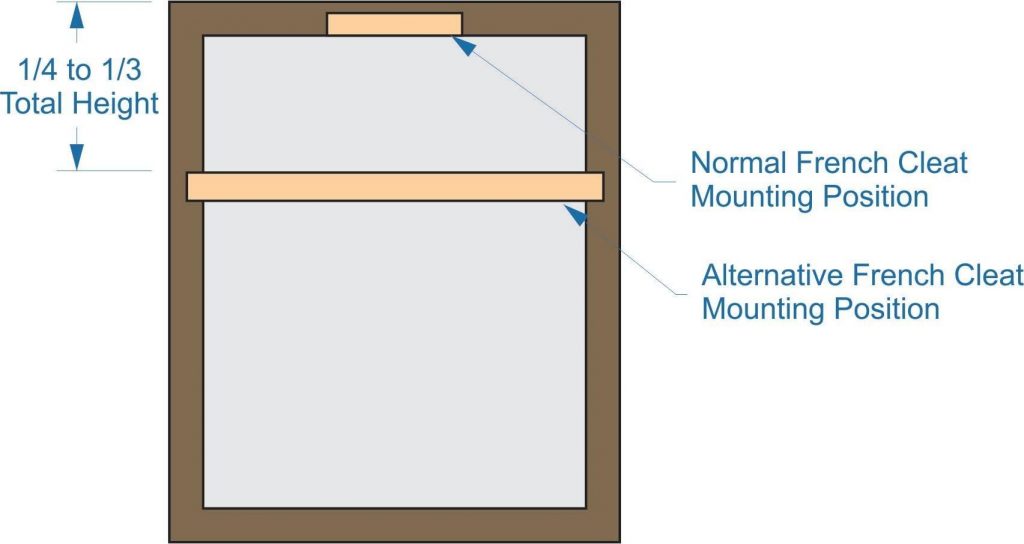The idea of a piece of furniture or home décor “floating” is a bit of a misnomer. We can’t call up Dr. Strange or the Scarlet Witch from the Marvel Cinematic Universe and have them magically make things float in our houses. Besides, I’m not sure that any of us would really want to. But when we have items in our homes, where there’s nothing visible holding them up, it gives the appearance of the item being floating. This illusion is amplified even more when the item doesn’t appear to be touching a wall or anything else that could be holding it up in some mysterious way.
This decorating trend is not new, as we can find examples of floating table tops on mid-century modern style tables. Nevertheless, there is an increase of “floating” different things in recent times, especially associated with modern style furniture and décor. Floating desks, shelves and other items in homes fit nicely with modern décor, making them popular. This popularity is proven out by the large variety of floating shelves that can be purchased from places like IKEA.
While these commercially manufactured “kits” make floating things easy, there’s nothing to say that we can’t float our own shelves, desks, pictures and mirrors. Floating pictures and mirrors is extremely easy and can be done without a lot of tools. Just don’t be surprised if visitors try looking behind the mirror to find out what’s holding it up.
The key to making any floating mirror or picture work is having some space between the mirror and the wall, while still not having so much space that people can easily see what is hidden back there. Two inches of space is usually just about ideal for this, providing enough distance from the wall to make it clear that the mirror isn’t up against the wall, while being close enough to make it hard to look behind the mirror.
This can also work in a corner, such as in cases where there is a pedestal mounted sink in a bathroom. In such a case, the critical spacing is at the edges of the mirror; much more space will be needed in the middle.
In order to make a floating mirror float, we need a bracket that holds off the upper part from the wall, as well as a standoff in the lower part to hold it parallel to the wall, keeping it from leaning out from the wall. There are several different ways of doing this, depending on how wide the mirror’s frame is and whether a hanging wire is used or not.
Hanging the Mirror From a Wire
The most common way of hanging any mirror or picture is with a wire, so it only makes sense that we start with that. While I personally prefer hanging doing a floating hang off of the frame, not all frames are wide enough or strong enough for that. On the other hand, picture wire is generally attached to the vertical sides of the frame, in doing it that way; the installer can take advantage of the greater strength of the sides, as they are able to distribute the weight all along the height of the side, much as an I-beam does.
Making a bracket for this sort of installation is extremely easy. All that’s needed is a couple of short pieces of 1”x 2” lumber (or larger) mounted together to form a right angle. A single or double screw put into the front edge of this bracket provides a place for the wire to hang off of.

The bracket itself consists of two 1”x 2” pieces, mounted together to form an L. This gives a distance from the wall of 2 ¼”. Length isn’t exactly important, but it must be at least 4” shorter than the width of the picture. Use a level when mounting it, especially if two hanger screw are being used in place of only one. Make sure that the mounting screws either go into studs in the wall or are set into some sort of solid drywall anchors that can support the weight.
Hanging the Mirror by the Frame
When the mirror doesn’t already have a hanger wire installed, a more secure hanging can be accomplished by attaching the hanger directly to the frame around the mirror. However, this will only work in cases where the frame is strong enough to resist bending from the weight of the mirror. Weight isn’t as much of an issue when a wire is used to hang the mirror, as the weight is transmitted down the length of the uprights. When the bracket is attached to the top of the mirror’s frame, it might cause bending if the frame is not strong enough.
In this case, it’s best to combine the spacer bracket with a French cleat, making it easier to hang the mirror, while providing for a secure mounting. A spacer bracket will still be needed. In the diagram below, the spacer bracket is 1-1/2” thick.

This assumes that the French cleat will be attached to the top of the mirror’s frame. An alternative mounting of the French Cleat on the mirror frame can be to go across from one vertical frame member to the other. This doesn’t require as much strength on the part of the frame, but it makes it considerably harder to hide the hanger and keep up the appearance of the mirror floating in the air.
For this to work, the frame must be wide enough so that the French cleat will be hidden by the frame. It helps to use a metal cleat, rather than the wood cleat shown above, as the metal cleat will be thinner.

The Bottom Spacer Block
For either mounting, it’s necessary to add an additional spacer block, behind the mirror, attached to the wall. The spacer needs to be the same thickness, or slightly thinner so that the mirror hangs straight. If it hangs so the bottom is slightly back, that’s not an issue; but it will look wrong if the bottom sticks out farther than the top. This block doesn’t need to be attached to the mirror in any way, as the mirror is being supported by the hanger; all it’s doing is holding the mirror out from the wall.




